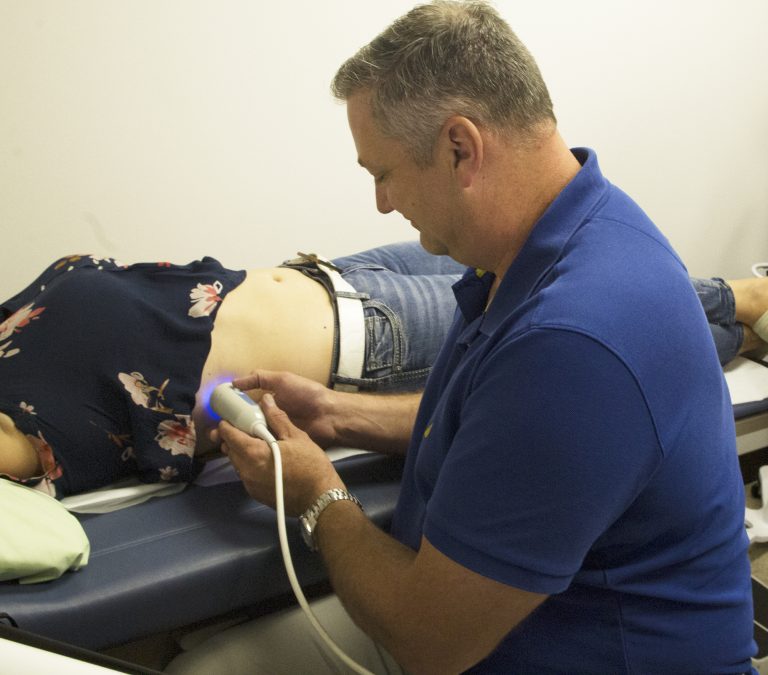
It’s nearly lunchtime, and Dr. Morris Markentin is busy testing a volunteer patient for Hepatitis C at Access Place.
He’s using what’s called a Fibro-Scan, a “non-invasive ultrasound machine” that checks the liver for disease or scar tissue. The entire process is efficient, painless and over in a matter of minutes, but it wasn’t always that way.
“Five years ago, we’d actually have to send people to the hospital and they would actually take a liver biopsy,” Markentin says after he finishes the test. “Imagine having a needle stuck in your liver and a chunk taken out. This is so much easier.”
The testing changes show just how far the medical understanding and treatment of Hepatitis C has come. Originally discovered in 1986, the virus was incurable in its early stages. Infected patients were told they would have it for the rest of their lives. That view, just like the testing process, has changed.
“We can now cure a disease that 15 years ago we couldn’t,” Markentin says. “The previous treatment that we had 10 years ago was awful. The new treatment has minimal side effects and a great chance of a cure.”
Markentin estimates that more than 300,000 people in Canada are living with Hepatitis C, and roughly 80 per cent of them may not even know it. It doesn’t take much to contract the disease. A mere pinhead-sized drop of blood is enough for it to spread.
For the rest of this story, please see the July 26 online or print edition of the Daily Herald.
Special activities for World Hepatitis Day
Date: Thursday, July 27
Location: Access Place, located at 101 15th Street East, Prince Albert
Time: 1 p.m. to 3 p.m.
